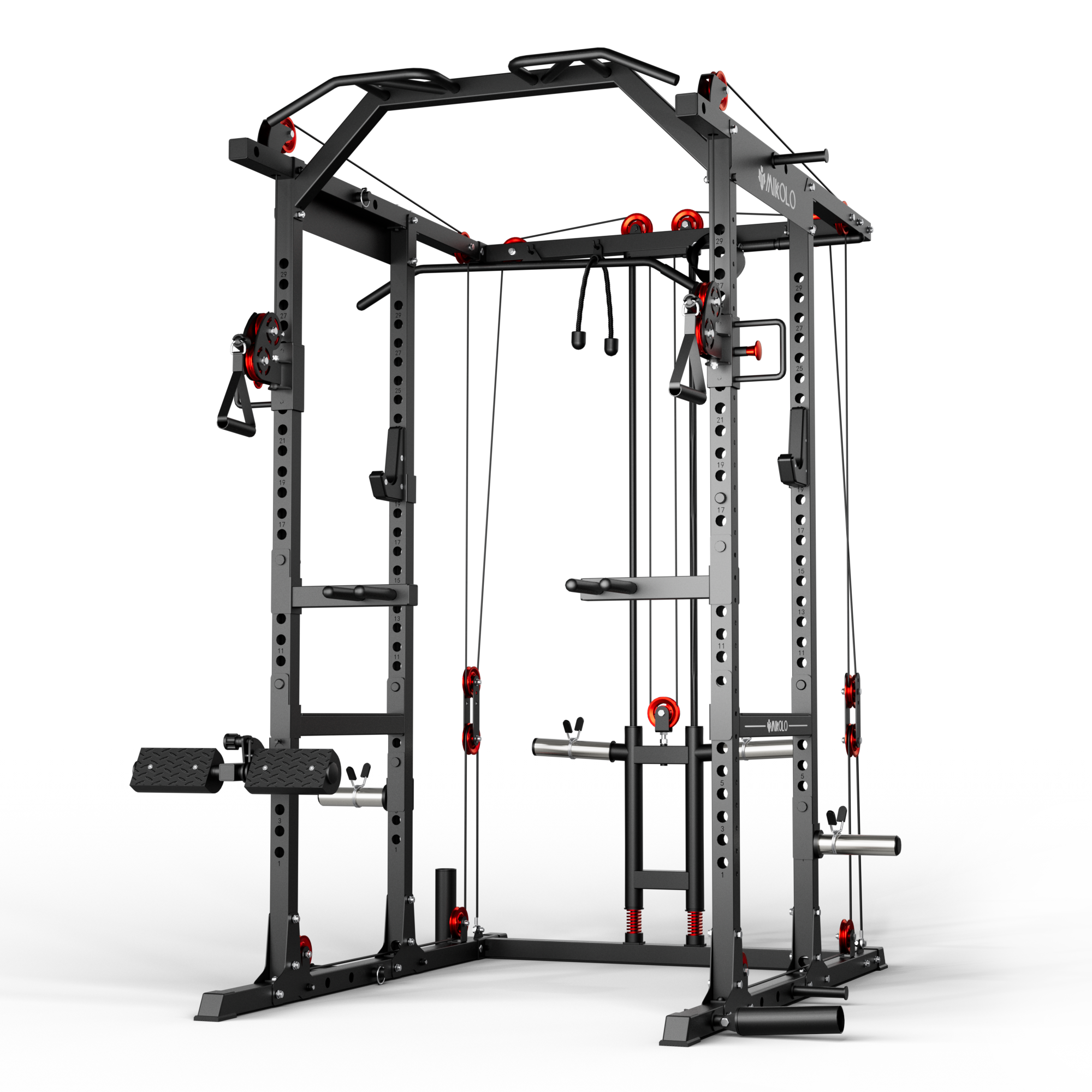Building bigger biceps is a common goal for many lifters, but achieving impressive arm growth requires more than just endless curls. To maximize bicep development, you need a strategic approach that combines proper training, nutrition, and recovery. Below, we’ll break down the most effective methods to grow your biceps, backed by science and real-world experience.
1. Train for Hypertrophy (Muscle Growth)
To make your biceps bigger, focus on progressive overload—gradually increasing weight, reps, or volume over time. The biceps respond best to:
-
Moderate rep ranges (6-12 reps per set) – Ideal for muscle growth.
-
Heavy lifts (4-6 reps occasionally) – Strengthens tendons and boosts overall muscle thickness.
-
High-rep burnout sets (15-20 reps) – Increases metabolic stress for added pump and endurance.
Best Bicep Exercises
-
Barbell Curls – The king of bicep builders, great for overall mass.
-
Dumbbell Hammer Curls – Targets the brachialis (a muscle beneath the biceps), making arms look thicker.
-
Chin-Ups (Palms Toward You) – A compound movement that engages biceps heavily.
-
Incline Dumbbell Curls – Stretches the biceps for maximum growth stimulation.
-
Preacher Curls – Isolates the biceps, preventing cheating for better muscle activation.
2. Optimize Training Frequency & Volume
-
Train biceps 2-3 times per week for optimal growth.
-
Aim for 10-16 total sets per week (e.g., 4 sets x 3 sessions).
-
Avoid overtraining—biceps are small muscles that recover quickly but can stall if worked excessively.
3. Mind-Muscle Connection Matters
Many lifters swing weights instead of contracting their biceps. To fix this:
-
Slow down the eccentric (lowering phase) – Increases time under tension.
-
Squeeze at the top – Enhances peak contraction.
-
Avoid excessive momentum – If you’re swinging, the weight is too heavy.
4. Nutrition for Bigger Biceps
Muscles grow when fed properly. Key nutritional tips:
-
Eat enough protein (0.7-1g per pound of body weight).
-
Surplus calories (if bulking) – You can’t grow in a calorie deficit.
-
Stay hydrated – Muscles are ~75% water; dehydration limits pumps and recovery.
5. Recovery & Sleep
-
Biceps grow during rest, not workouts.
-
Sleep 7-9 hours nightly – Growth hormone peaks during deep sleep.
-
Allow 48 hours between bicep sessions – Prevents overuse injuries.
Personal Experience: What Worked for Me
When I first started training, I made the mistake of doing endless curls with poor form. My biceps barely grew until I focused on controlled reps, progressive overload, and compound movements like weighted chin-ups. Incorporating heavy barbell curls (4-6 reps) and high-rep dumbbell curls (15-20 reps) in the same week led to noticeable gains. Additionally, ensuring I ate enough protein (especially post-workout) made a huge difference in recovery and growth.
Final Tips for Faster Bicep Growth
-
Train arms after back day – Your biceps are pre-fatigued, leading to more efficient growth.
-
Use dropsets – Extend sets beyond failure for extra muscle fiber recruitment.
-
Try different grips – Wide, narrow, and neutral grips hit the biceps from different angles.
Bottom Line
Bigger biceps come from smart training, proper nutrition, and consistency. Avoid shortcuts—focus on progressive overload, mind-muscle connection, and recovery. Stick with these principles, and you’ll see noticeable arm growth in a few months.













































Leave a comment
This site is protected by hCaptcha and the hCaptcha Privacy Policy and Terms of Service apply.